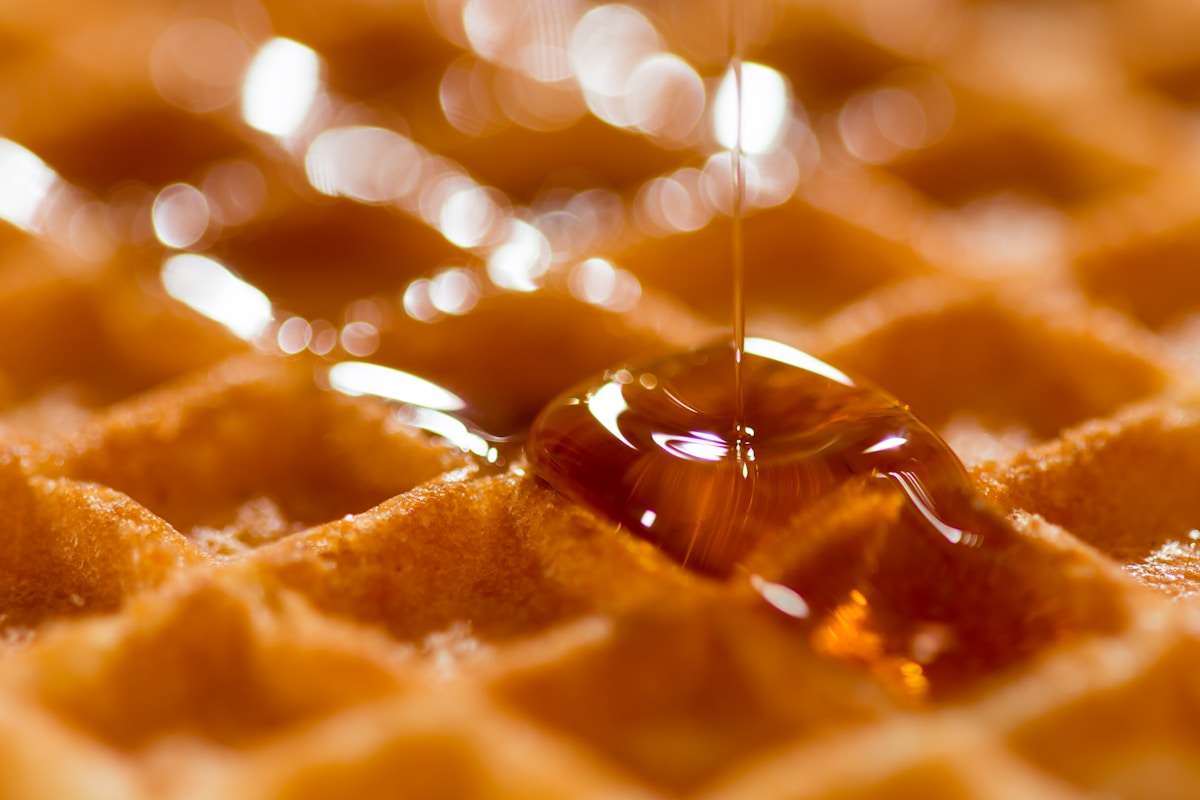An indigenous of tropical and sub-tropical region, stingless bees forage predominantly on native plants and inflorescences of tall forest trees for their abundant source of floral nectar and pollen. Their active foraging pattern effectively makes them the principal pollinator of native tropical ecosystems and henceforth in the conservation of tropical biodiversity around the world
With their diminutive size ranging from 5-8mm, meliponini feed mainly on natives floral which are rich in alkaloids and flavonoid but also the ability to reach the source of nectar at the deepest part of flowers. A marvelous feat that larger-sized common honeybee could not achieve.
Stingless bees colonies are usually nestled in the hollows of tree trunks, branches, rock or other inconspicuous cavities, making it difficult to extract their honey.
With meliponiculture, a wooden tray with a hole in the middle and laid with rows of miniscule cups to mimick the bee's honey pots, is placed over the hollow of the tree trunk where the bee's colonies and brood remain nestled. Extra honey stored in the tray by stingless bees are harvested manually, pot by pot, with tube-suction method, without disturbances to the bees colonies underneath. Though this method is more efficient than the traditional syringe method, the process of harvesting stingless bees honey is a lot more tedious and laborious than harvesting honey from all the other honeybees.
A proper and well-managed meliponiculture activity could yield up to 5 kg of honey per year from each stingless bee's colony.
In contrast, harvesting of honey from common bees honey is done with a simple centrifugal method with honey production of up to 100kg per year.
What it could not achieve in the quantity and size department that the common honeybees could, stingless bees make it up in might by offering the world a brilliantly curated honey with superb quality.
Several studies around the world has shown that honey produced by stingless bees are more potent than the western common bees, especially its antibiotic properties.
Distinctive characteristics of Meliponini
Hive
Unlike common honeybees which built their hexagonal beecombs with wax to rear their brood and to store their honey and pollen, stingless honeybees built their hive with geopropolis, a sticky and resinous material made from various plants resin mixed with the bee's own glandular enzymes, pollen and other geographical materials. Cluster of egg-shaped honey pots are built amongst the labyrinth of propolis hive structure which is divided into 2 distinct area. One to grow larvae and the other for honey production and storage of pollen.
Instead of feeding their larvae mouth to mouth as with common honeybees, stingless bees first store honey and pollen inside the honeypot, laid a single egg within and secrete their salivary gland enzymes into the honeypot before sealing it up. The egg hatched into a larvae, which will grow and feed within the honey pot until it emerge as an adult.
Viscosity
Stingless bees honey is remarkably watery, an intrinsic characteristic that may be related to the humid tropical habitat. The higher moisture content together with the enzymes secretion from stingless bees stimulates fermentation in stingless bees honey. The rich water condition invites beneficial microorganism to inhibit and thrive inside the honey which continues even after post harvesting.
At room temperature, the fermentation process continue and starts to stabilise in about 3-6 month. During this time, it is common to see foam on the surface of the honey, indicating that gas bubbles are escaping from the honey. Fermentation increases the alcohol level and anti-oxidant properties of the honey while reduces the sugar content.
Taste
Meliponini honey has a very distinctive tangy, sweet-sour taste which comes from the various plant resins and varies depending on the flowers and plant. Typically, resins contain a hydrocarbon base and terpenes, influencing and infiltrating honey stored in the geopropolis honey pods with a balsamic aroma and taste.
With about 500 species, coupled with the great heterogeneity of tropical vegetation, Meliponini honey offers a wide spectrum of varietal differentiated sensory experience and is undisputedly a one of a kind honey in the world.
Benefits of Meliponini Honey
The presence of propolis-infused honey accounts for its many medicinal uses. The high level of flavonoids and phenolics compound accounts for the higher antimicrobial, antioxidant and anti-inflammatory benefits as compared to the common honey bees.
Some of the beneficial effects of meliponini honey are:
Wound healing Properties
Treat respiratory system diseases such as asthma and bronchitis
Treatment of eye diseases such as conjunctivitis, glaucoma and cataracts
To relieve coughs, sore throats and mouth ulcers
Gastrointestinal tract diseases
Ease menstrual period pain
Supplementary aid to kill harmful bacteria and cancer cells, especially mouth and colon.
Cholesterol and lipid-lowering effects in cardiovascular diseases
Increase energy and stamina
Moisturising effect on skin
Put your honey where your mouth is!



